Foundation & Expansion
Pre Rup, founded in 961, is the most significant legacy of Rajendravarman II (941-968), who is one of the "big names" among Angkor kings. After empire-founder Jayavarman II, Roluos-founder Indravarman I and Angkor-founder Yashovarman I, King Rajandravarman II can be regarded as the "Angkor-restorer", as he was the one who decided that the capital was returned to Angkor, after a period of political turmoil and of dominance of Koh Ker, where Jayavarman IV had resided.
Rajendravarman did not build his monuments in the area of the first Angkor capital, which was Yashodharapura founded by Yashovarman I, but further eastwards, in the vicinity of Angkor's water reservoir East Baray, which was built already by Angkor's founder Yashovarman, too.
King Rajendravarman II erected the East Mebon on an island close to the centre of this huge man-made lake, which is dry now, and one decade later the similar, but much more massive Pre Rup, probably in the centre of his new capital.
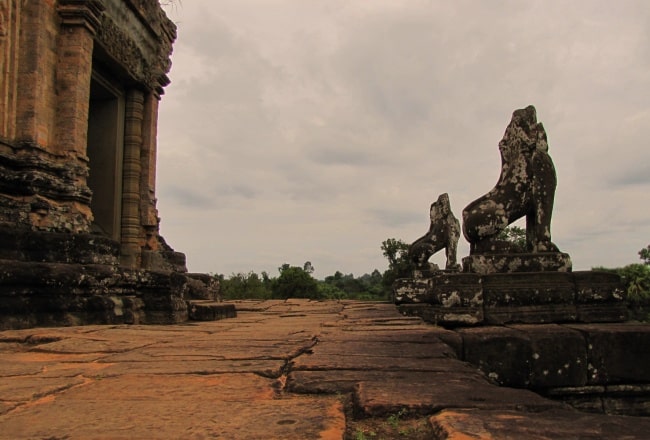
There is some debate if Pre Rup was a state temple like those more ancient pyramids, such as Bakong in Roluos and Bakheng in Angkor, or a funerary temple, meaning: a kind of tomb pyramid for the king's ashes or in commemoration of his cremation at this site. The earlier East Mebon already was a state temple for the main symbol of the official state cult, the Shiva-Lingam bearing the king's name: Linga Rajendreshvara.
The Linga venerated at Pre Rup is called Rajendrabhadreshvara. "Rajendreshvara" combines the king’s name with "Ishvara", Shiva as "Lord of the World". Instead of Ishvara Pre Rup’s "Rajendrabhadreshvara" includes the name of Bhadreshvara, who was a local mountain god worshipped at Wat Phu (today’s southern Laos) and at earlier Cham sanctuaries (central Vietnam) and later on at the mountain temple Preah Vihear (Thai border), too. Bhadreshvara was considered to be a manifestation of Shiva, too.
But why a second state temple for a royal Shiva-Lingam? Each of the other significant Angkor kings built only one. Rajendravarman's Mebon was an ancestor temple at the same time. It is not at all uncommon, that ancestor and state temples of Khmer kings were separate structures, as in the case of Preah Ko and Bakong built by Indravarman I in Roluos.
Analogous to them the almost flat East Mebon and the pyramidal temple-mountain Pre Rup could have been ancestor and state temple of Rajendravarman II respectively.
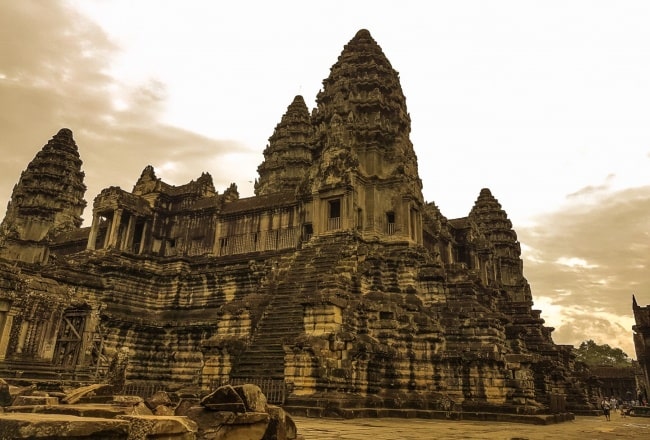
Definitely Pre Rup was Rajendravarman's imperial state temple. There is not much evidence that it was his funerary temple as well. The so-called sarcophagus in front of the main stairway of the pyramid was more probably a pavilion that housed Shiva's Nandi bull. The modern Khmer name "Pre Rup" means "turning the body".
This procedure is part of a cremation rite. But such modern interpretations are not at all reliable sources. The nearby edifices are sometimes called Agni shrines, meaning fire-altars, but they are more likely normal Khmer library structures.
Even if Pre Rup was Rajendravarman's cremation site, this would not mean it could not have been his state temple, too. Khmer temples had not to be restricted to only one purpose. For example, they could be sanctuaries for Shiva worship and ancestor cult at the same time, as in the case of Preah Ko or Baksei Chamkrong earlier on.
Worshipping the king's power symbol Linga and commemorating the dead king's funeral is not contradictory at all, both is adoration of his almost supernatural status. However, the adoration for Rajendravarman's ancestors was left to the earlier state temple East Mebon.
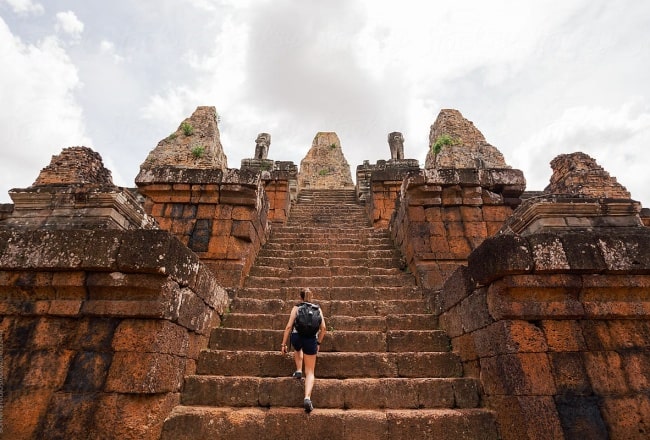
Maybe there was a very simple reason for this ambitious king to build a second state temple: His first one, the not very tall Mebon, was not at all such an impressive artificial mountain as the pyramids of Rajendravarman's predecessors in Roluos, Angkor, and Koh Ker. In order to surpass them he had to create a huger monument, thus another state temple, and he achieved it.
Pre Rup remained to be the most imposing Khmer monument until the Baphuon was erected one century later on, whereas Ta Keo, the state temple of Rajendravarman's son and successor Jayavarman V, does not fully match in the dimension of Pre Rup.
Modern History
Although rediscovered in the late 19th century, Pre Rup remained overgrown and covered in soil until the 1930s. At this time, it was excavated by French explorers – Henri Marchal and George Trouve. Today, the temple remains in excellent condition.
Pre Rup has been declared a UNESCO World Heritage Site.


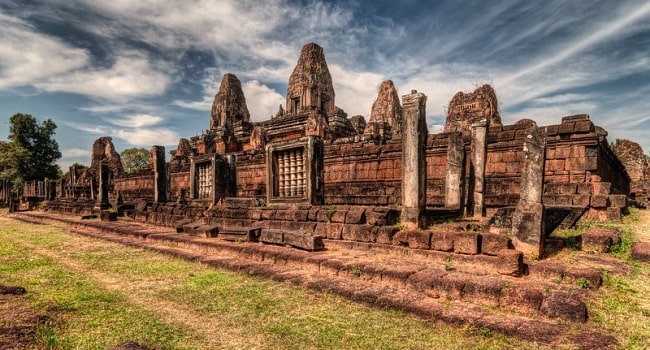

 05/01/2026
05/01/2026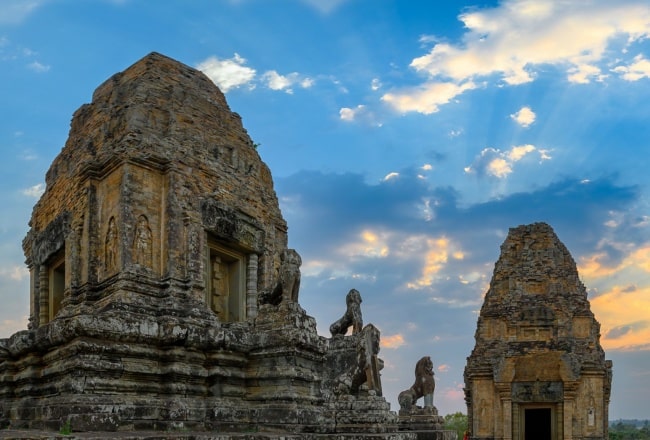
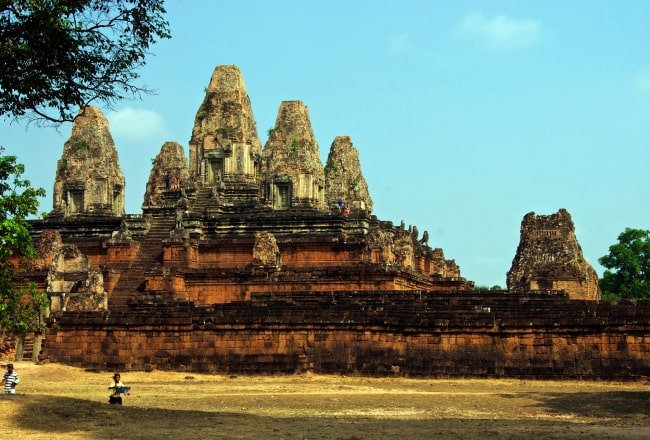
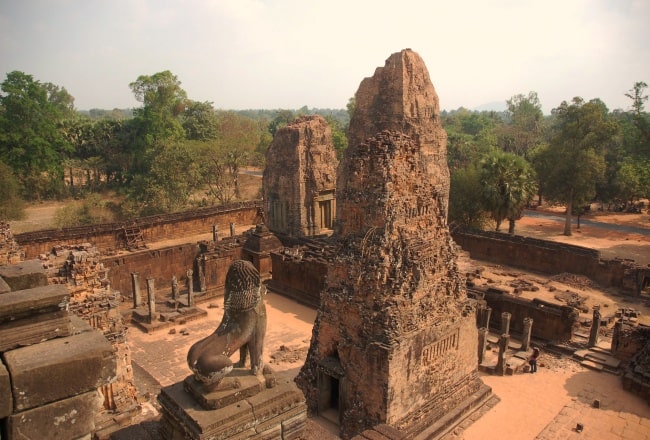
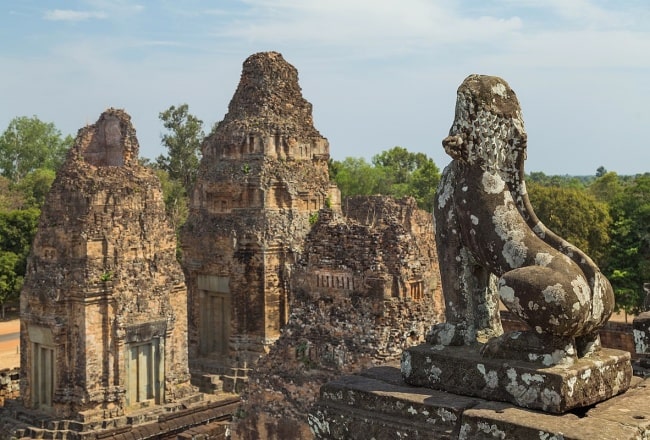
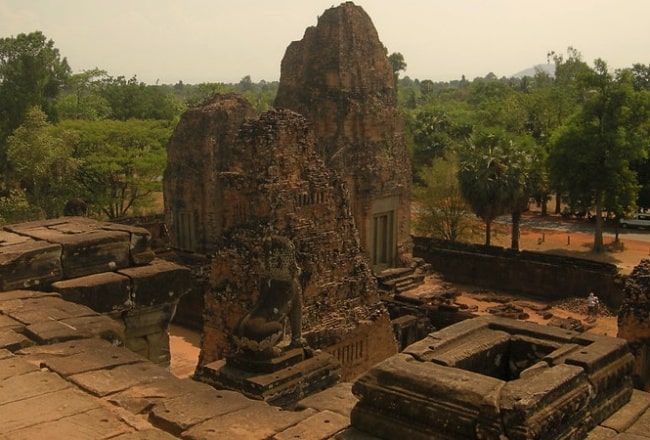
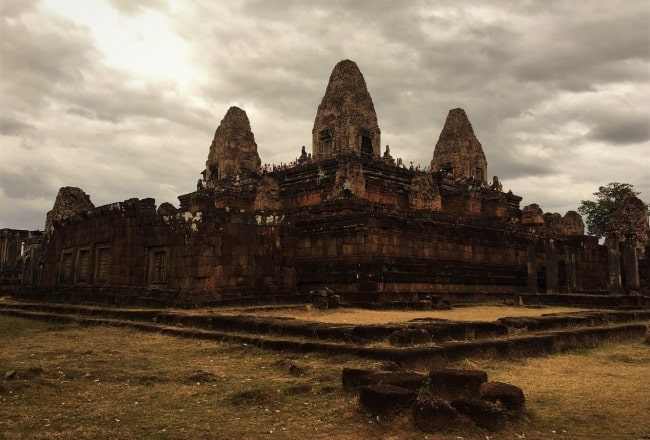
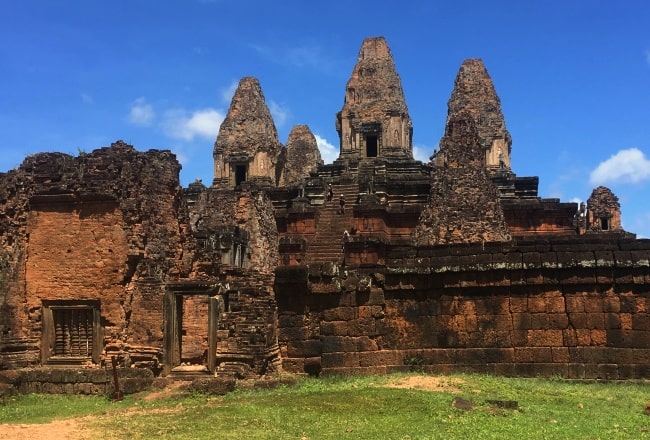
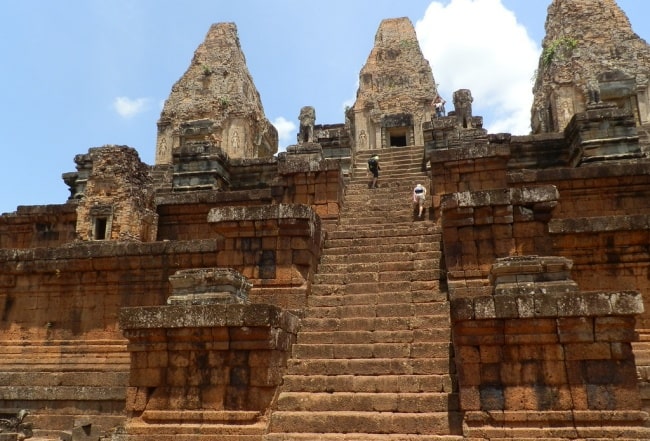
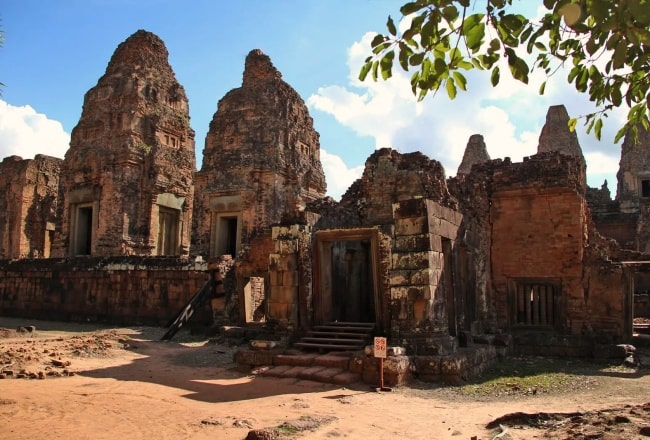



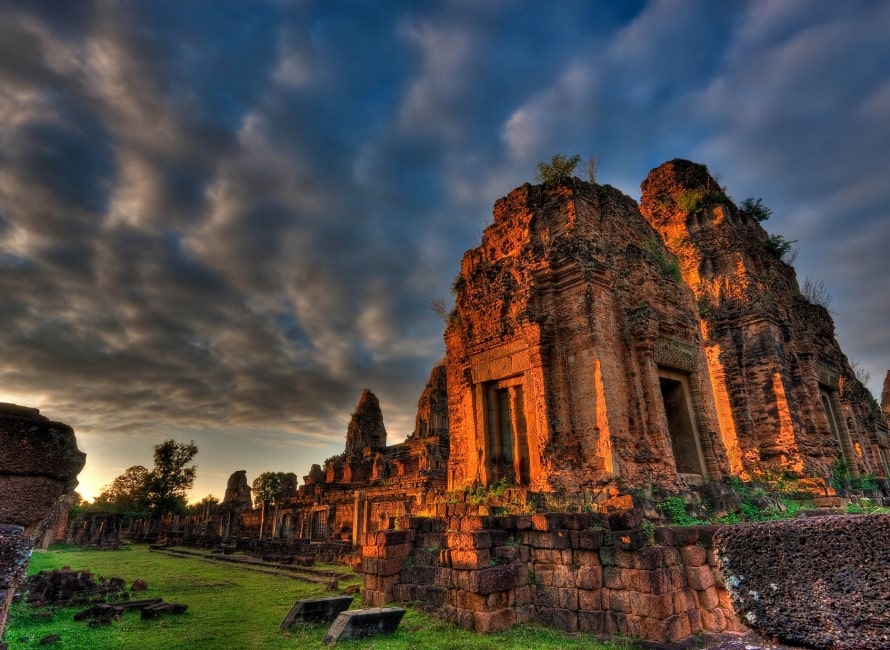

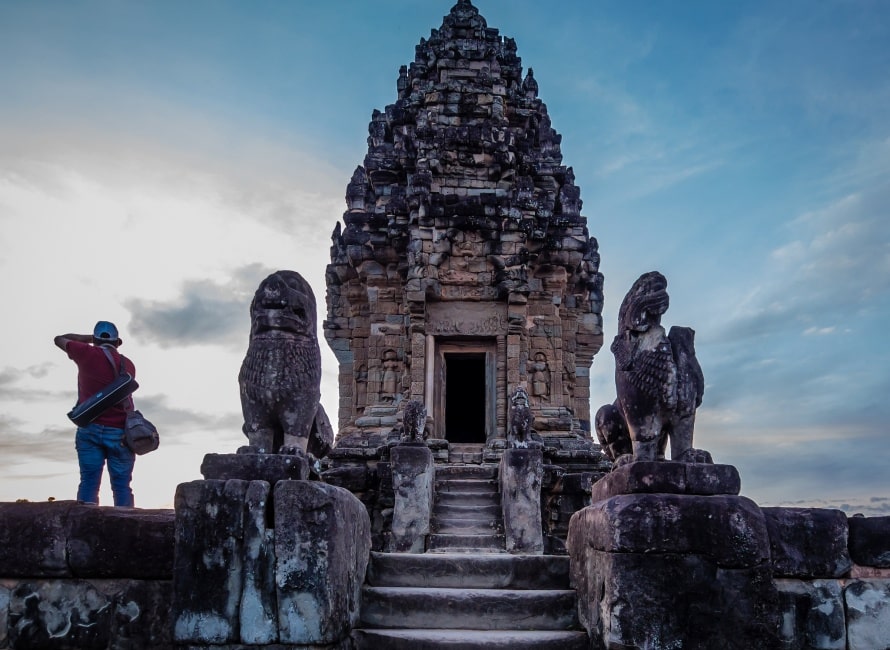

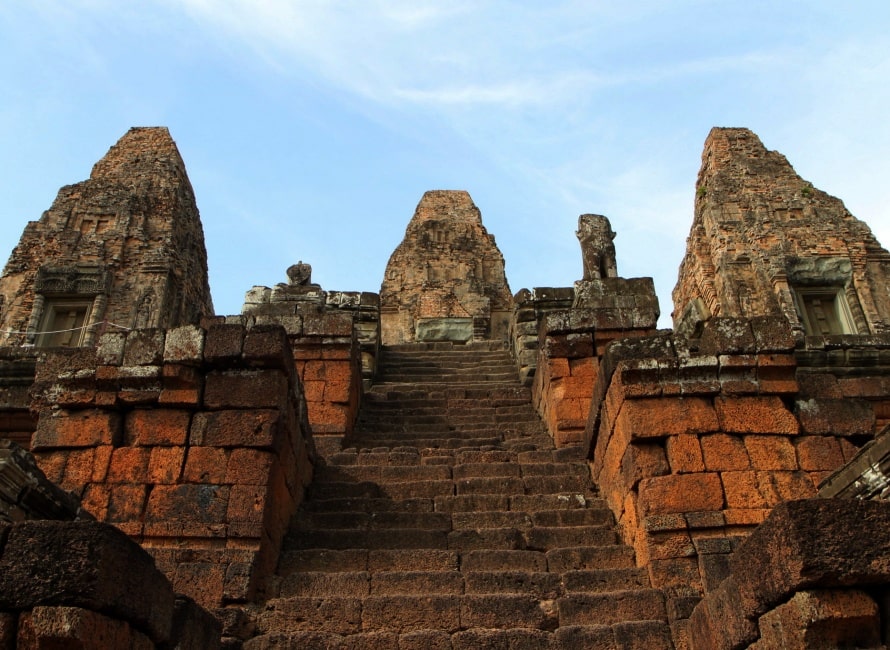

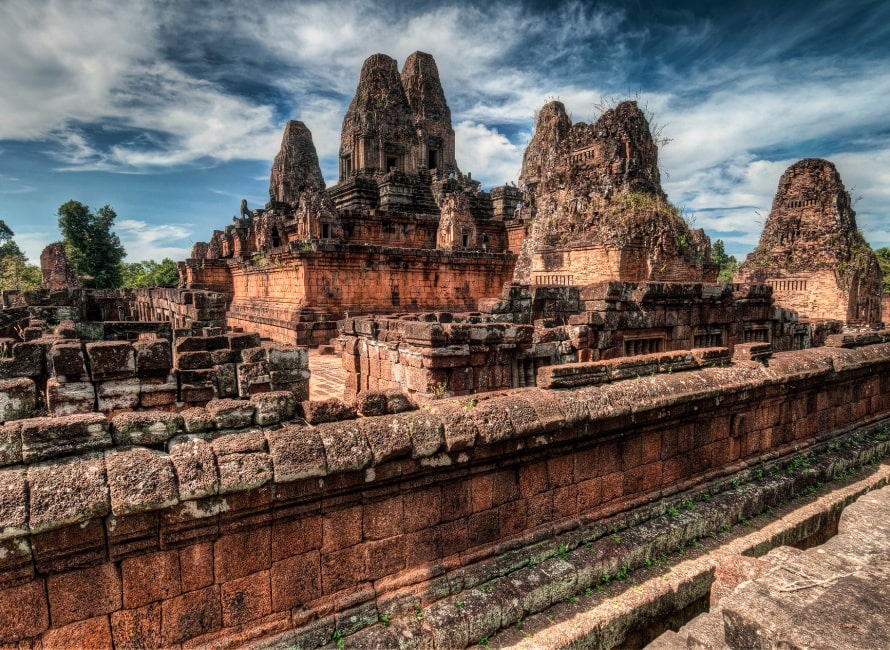
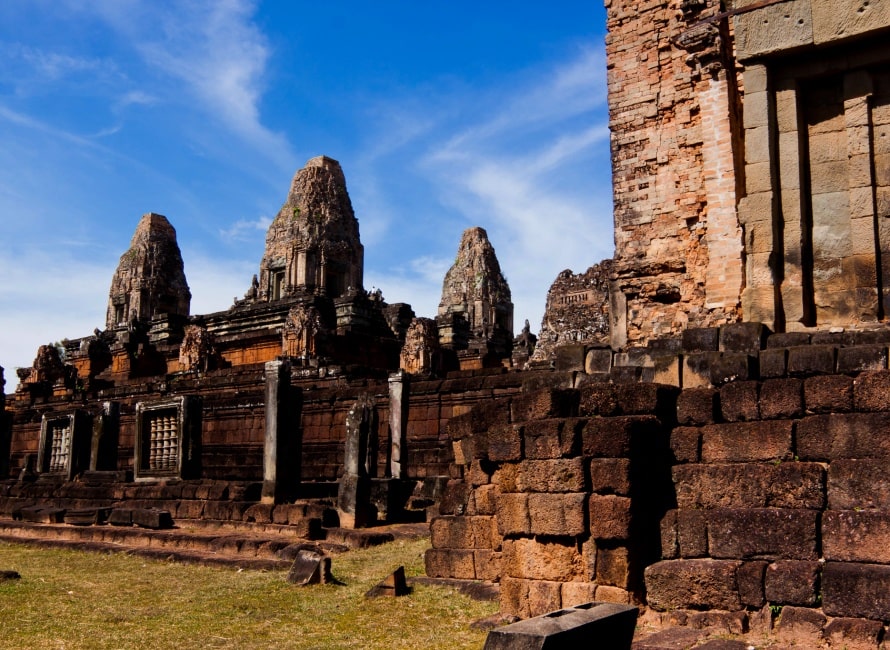
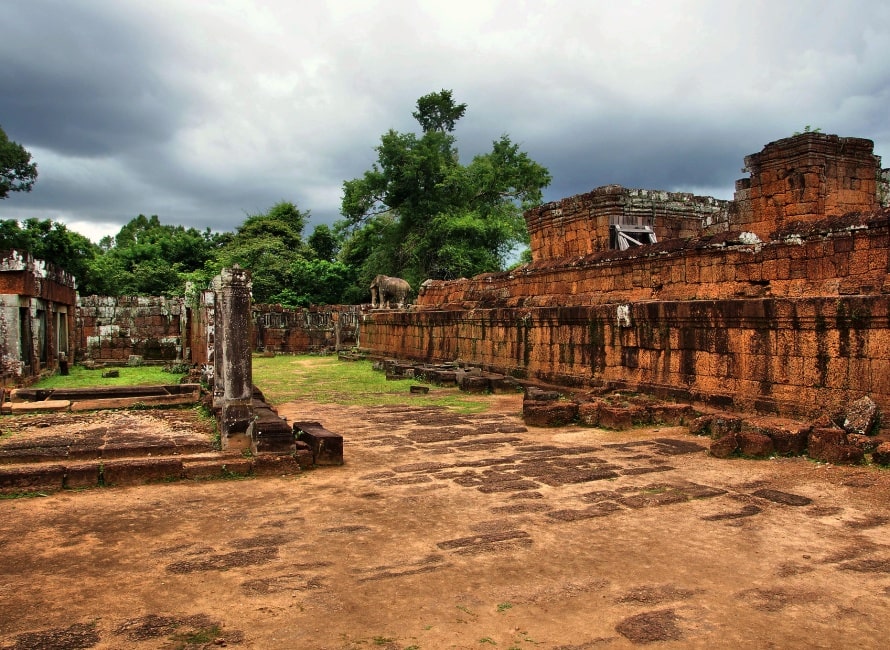




















Jolie LIEMMy name is Jolie, I am a Vietnamese girl growing up in the countryside of Hai Duong, northern Vietnam. Since a little girl, I was always dreaming of exploring the far-away lands, the unseen beauty spots of the world. My dream has been growing bigger and bigger day after day, and I do not miss a chance to make it real. After graduating from the univesity of language in Hanoi, I started the exploration with a travel agency and learning more about travel, especially responsible travel. I love experiencing the different cultures of the different lands and sharing my dream with the whole world. Hope that you love it too!